Hi everyone, I'm João Manoel Queiróz and I use the name Paredeebranca in MTGO and Arena.
As I said in my last article on Premodern, I really like old frame cards and I collect them. But, at first, I had some difficulty in identifying which set a card or another was, so I decided to write a text about it, in addition to analyzing a bit of the history of these older releases, without getting caught up in Lore.
Differentiating expansions, core sets and special eset
To start, let's understand what Expansions, Core Sets and Special Editions are.
Ad
Expansion
It's any new set that brings new cards to the game, cards that didn't exist before, just to expand the range of card options when creating new decks. The first expansion was Arabian Nights from 1993. According to an old Wizards of the Coast policy, expansions would have black-bordered cards.
Core Sets
They are basic collections that bring reprints of cards. Following the same WotC policy, the Core Sets would come with a white border (except for Alpha and Beta, which despite being basic sets, were released in a black border).
The first Cores Sets were Alpha and Beta, both in 1993.
Special Sets
As the name implies, they are sets with very specific print runs, our first "special set" was Chronicles, which featured reprints of the 4 previous releases. As they were reprints, the cards were released on a white border. Later, I will talk a little more about Chronicles.
Anyway, I think you can get the idea of this Wizards card release policy. But, some things must still be considered, for example, when a card was unpublished in a certain language, it would be considered new, that is, it would have a black border. To illustrate, I'll use the Fourth Edition Lightning Bolt black border and white border:
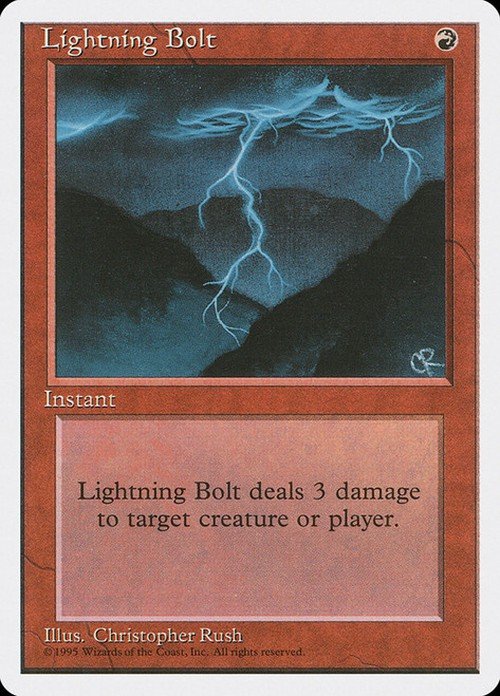
The Lightning Bolt of Fourth Edition White Border in English is nothing more than a reprint of Alpha's Lightning Bolt, that is, the card already existed in English.
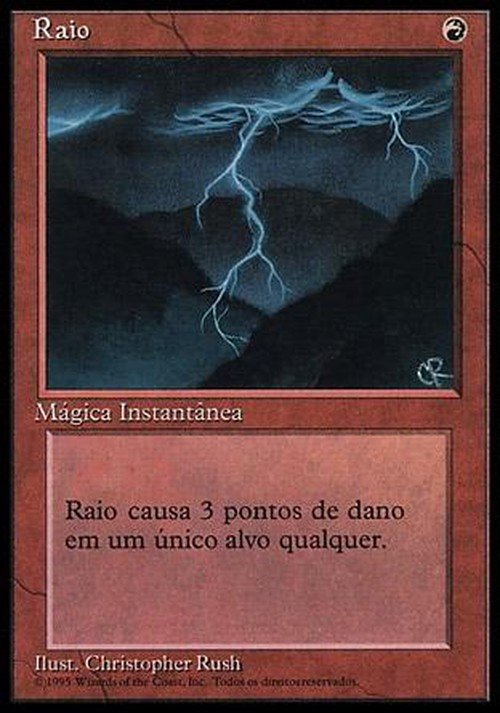
The Lightning Bolt of Fourth Edition black border is considered a "new" card, since the card did not exist in Portuguese until then, hence the black border.
This "printing model" existed since Unlimited (1993), as the idea was to leave the cards of the original sets with a black border and the reprints with a white border. That ended with the release of Tenth Edition, 2007, the first black border Core Set.
Another factor that also made a card "new" was the illustration, which explains, for example, why Dark Ritual originating from Alpha was released with a black border in Ice Age:
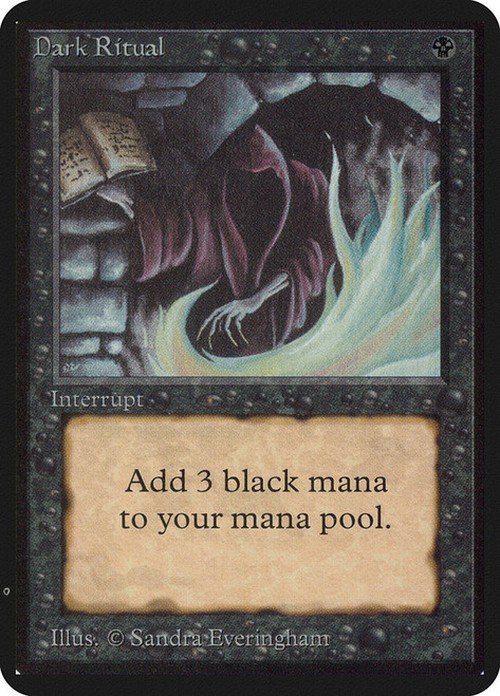

After this explanation, it is important to emphasize the title of this article, precisely for this reason, we will delve deeper into the sets between 93 and 95. To simplify my observations, I decided to divide the following topics by year.
The Beginning: 1993
In the first year of the game we had 4 releases, 3 basic collections and 1 expansion.
Limited Edition Alpha
Released on August 5, 1993, Alpha is the first edition of the game, consisting of 295 cards, all with a black border. I will use Counterspell as an example:
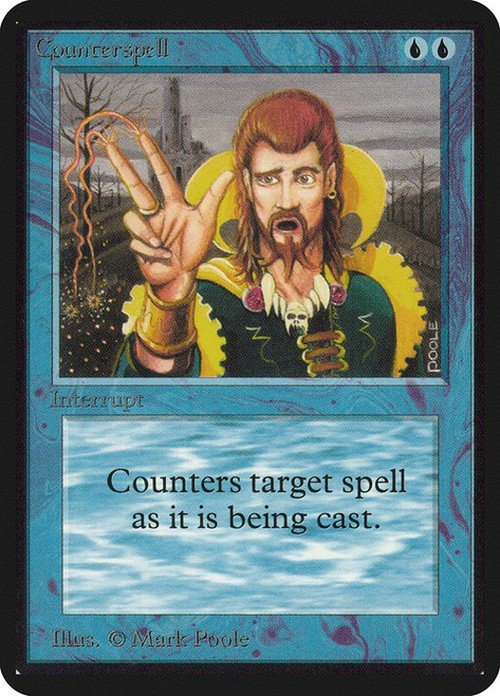
Here we see it does not have a set symbol in addition to not containing the year at the bottom which shows only in the illustrator's name. The card text appears centrally. Finally, the edges of Alpha's cards are slightly rounded.
Ad
Limited Edition Beta
Or just Beta, it was the second Magic release and came out on October 1, 1993, with 302 cards, also in black border and had the same specifications as Alpha cards, but with a small difference: the borders. In Beta, the edges were not rounded as in Alpha, and only then can we identify the difference between the two sets, since both don't have a year or a symbol. I'll also use Counterspell as an example:
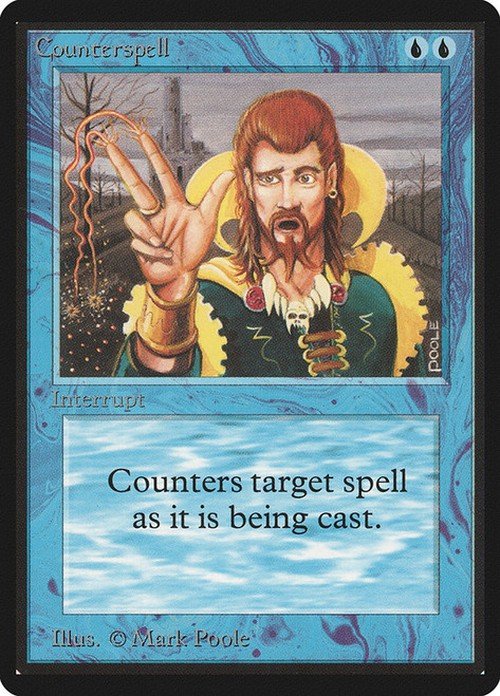
In an attempt to illustrate this slight difference between Alpha and Beta, the following image shows an Alpha Island, on the left - rounded edge-, and a Beta Island, on the right:
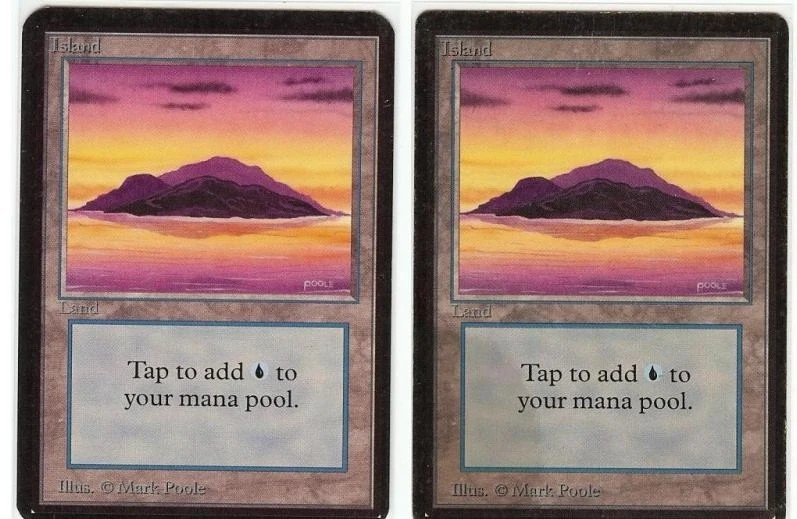
Something curious is that in Beta the cards of the illustrator Douglas Shuler have a printing error, in Beta, Douglas Schuler appears, with the letter c. Only two Beta cards have the illustrator's correct name.

Serra Angel, which appears Douglas Schuler, wrong name.
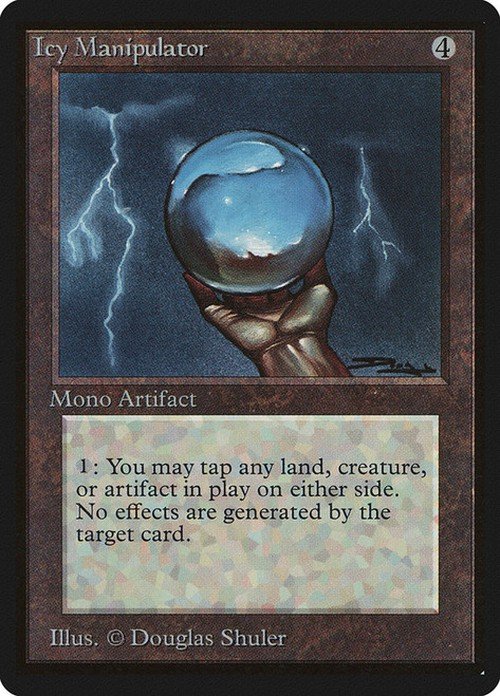
Icy Manipulator, which appears Douglas Shuler, correct spelling.
Unlimited
At the beginning of December 1993, Unlimited was launched, in English only, the first set that was within the printing policy, that is, the set brings the same Beta cards, but in a white border.
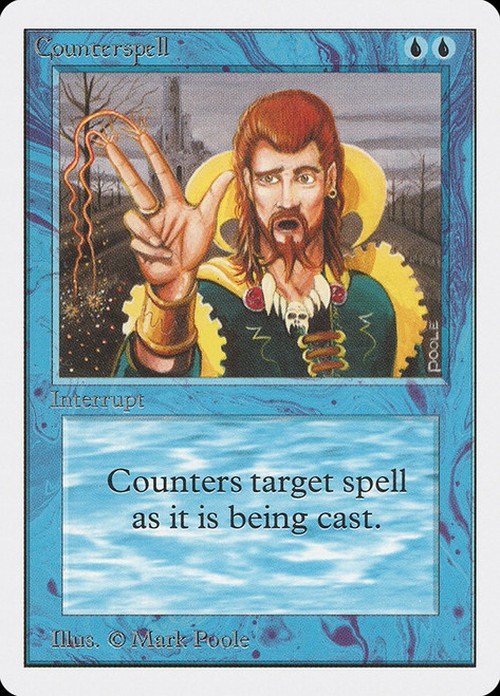
Still using Counterspell, in Unlimited, we noticed that the illustration is the same, the names are the same, but the border is white, that is, the distinction between Alpha/Beta and Unlimited is quite easy.
Arabian Nights
On the same day as the release of Unlimited comes the famous Arabian Nights, the game's first expansion. With only 92 cards, all new and with a black border, the set still remained with the same layout as the previous releases, with one difference: now the cards came with a symbol on the right side.
Using Library of Alexandria as an example, we can analyze a few things:

On the face of it, the symbol of a scimitar; the text of the card already appears more justified on the left and below the illustrator's name, we still don't have the year of publication.
1994: Magic in new languages
Antiquities
The year 1994 begins with the launch of Antiquities, in March. An artifact-focused release. To identify an Antiquities card is very easy: they have a black border, with an anvil symbol on the right side and without the year of publication under the illustrator's name. A curiosity is that Antiquities is the first set that brings different illustrations for the same card.
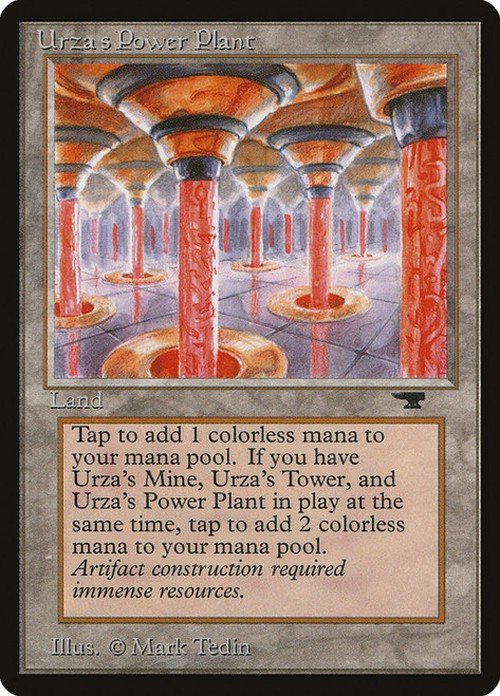
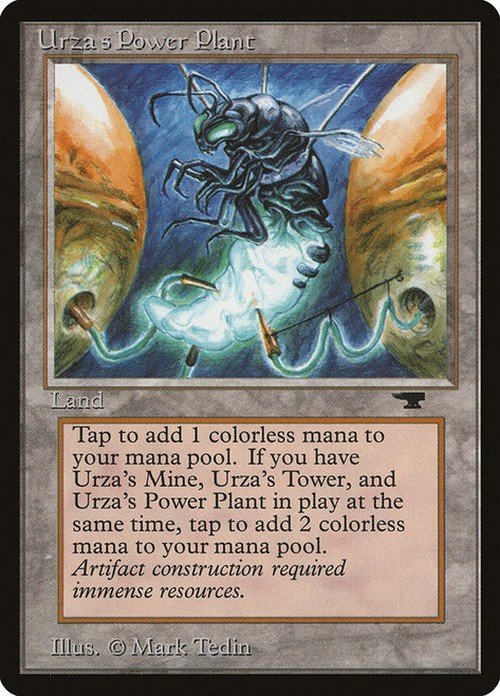
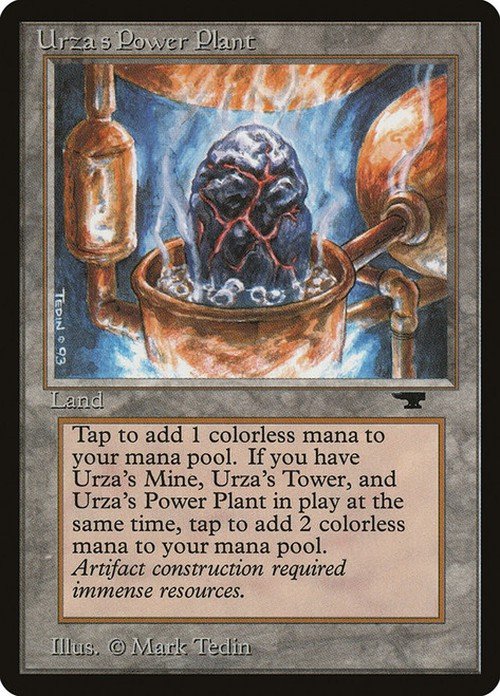
Ad
Above we have 3 different illustrations for Urza's Power Plant, the first with columns of honey, the second with a drawing of a bee and the third with a kind of decanter.
Revised
On April 1st, 1994 we have access to Revised, filled with reprints in English and white-bordered. In Revised, Magic was released in German, French and Italian, so there is Revised black border in those languages because they are "unpublished" cards and only white border in English, precisely the purpose of the company's printing policy. Other innovations of the set are that now some cards had the "tap" symbol, a letter T inside a small circle illustrating that the card should be turned over and the cards in German, French and Italian would have the year below the illustrator's name.

Birds of Paradise in English: white border, no set symbol, with the "tap" symbol and no year.
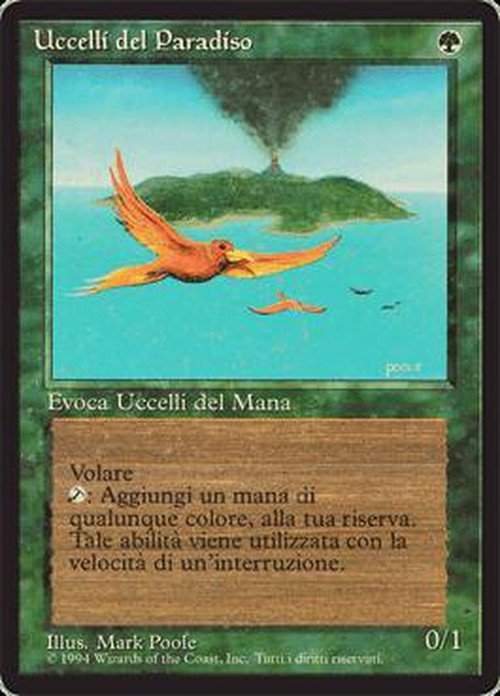
Birds of Paradise in Italian: black border, no set symbol, with the "tap" symbol and the year.
Legends
The next set is Legends, made up of 310 cards, all new to the game and consequently black bordered. Legends had two releases, one in English on June 1, 1994 and one in Italian on January 1, 1995. Its symbol is the top of a Doric column, but we will find one more difference between the cards of the two languages:

Using Darkness as an example, in English we see the black border, the set symbol, and the year next to the illustrator's name.

In Italian, we have the same black border, the same symbol, but with one difference: the year is below the illustrator's name.
The Dark
The Dark was released on August 1, 1994, consisting of 119 new cards - black border - and has a small moon as a symbol. Like Legends, The Dark also had a new release in Italy in 1995. The identification of a card from The Dark is even simple, however, between versions in English and Italian we have the dates and their different positions.

Dust to Dust in English: we see the black border, the set symbol and the year next to the illustrator's name.

In Italian: black border, moon symbol and year below the illustrator's name.
Fallen Empires
To close 1994, we have Fallen Empires, which was made public on November 1 of that year. 187 new cards - black border - English only. The set symbol is a small crown.

Here, Hymn to Tourach: black border, crown symbol and date below the illustrator's name, simple to identify.
1995: Magic in Other Languages
Fourth Edition
1995 begins with the release of the Fourth Edition core set with white-bordered cards in English, French, German and Italian and, for the first time, cards in Portuguese, Japanese, Traditional Chinese, Korean and Spanish, in black border. The set has no symbols and contains 378 cards.
Ad

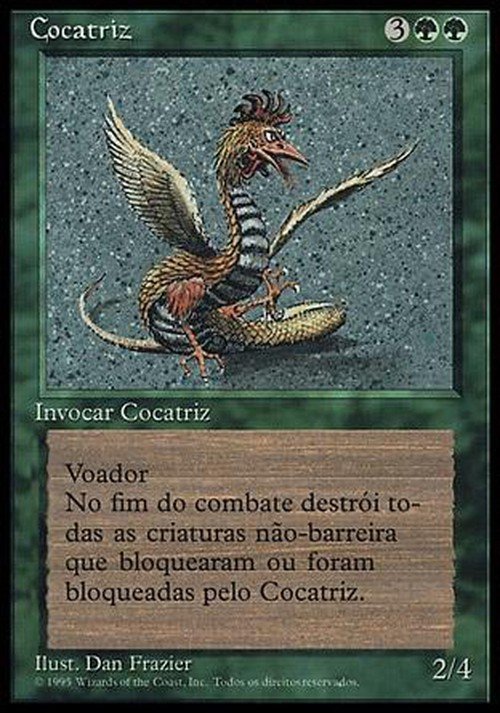
Above we have Cockatrice in English and Portuguese: to identify a Fourth Edition card we need to look closely at the year at the bottom of the card, 1995. This observation is extremely necessary to differentiate Fourth Edition from Fifth Edition, which will appear in 1997.
Ice Age
June 1st, 1995 was the release date for Ice Age. It had 383 unpublished cards, in black border and had a snowflake as the symbol and came with the year below the illustrator's name. Ice Age sales were so great that all booster packs were sold in 1995 anyway, so in 1996 a second shipment of cards was needed, so we found Ice Age cards with both years printed. It was also the first set to have a Pre-Release event.
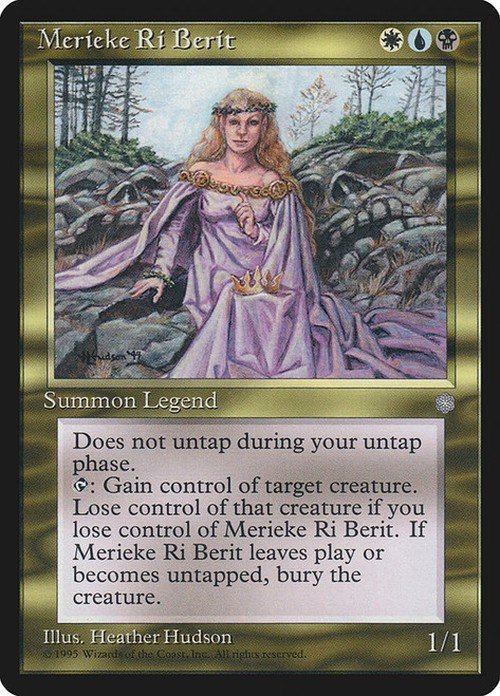
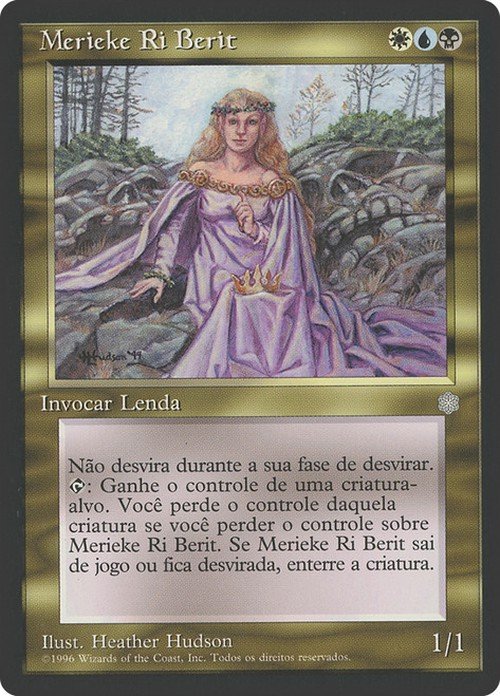
Merieke Ri Berit: in English with the year 1995, in Portuguese with the year 1996.
Chronicles
Chronicles was released on July 1, 1995 and is considered a supplementary Special Set that brought the reprint of 116 existing cards, taken from the Arabian Nights, Antiquities, Legends and The Dark expansions, without however bringing any new cards. This was done just to bring back cards that were too hard to get. Although the Chronicles cards were white-bordered, they came with the symbol of the original set.
One of the additions is that Chronicles in Japanese was released in black border, as such cards were unpublished in the Asian language.
Anyway, let's go to the analysis of some cards, starting with Cuombajj Witches
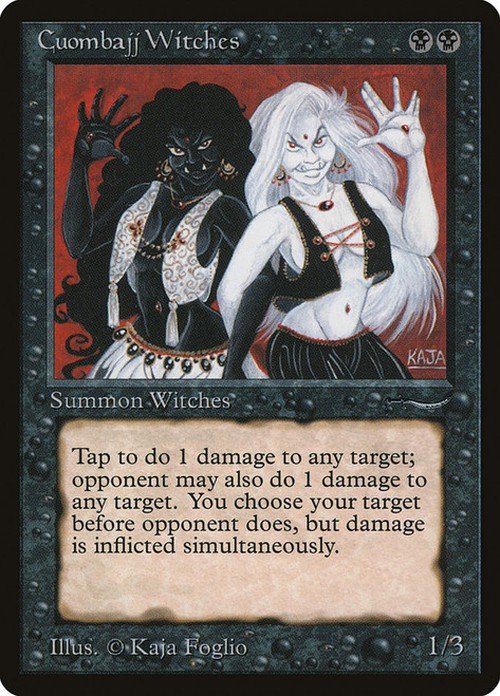
We have the Cuombajj Witches from the original Arabian Nights, black border, with the scimitar symbol and without the year at the bottom of the card.
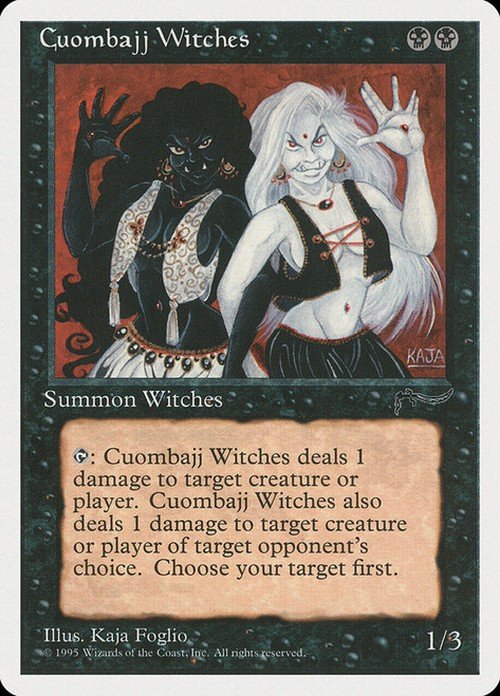
In this second image, from Chronicles, the card appears with a white border, the scimitar symbol and the year 1995 below the illustrator's name.
Another example of Chornicles cards is Ashnod's Altar, a card originally from Antiquities:

The same remarks apply here: black border, anvil symbol on the right side of the card, and we don't find the year at the bottom.

On the same card in Chronicles, the border is white, we do find the anvil symbol but at the bottom we have the year.
Rinascimento and Renaissance
Well, here we come to a very interesting part. As we saw earlier, Wizards sold everything rapidly and some countries in Europe were unable to access various cards from Arabian Nights, Antiquities, Legends and The Dark. The solution was to launch Special Sets.
Chronicles had the same function and because it brought cards in English, it came out in a white border. Rinascimento and Renaissance came out with a black border, as it would bring new cards for those languages.
Ad
Rinascimento was the name of this special set in Italy, consisting of 72 cards. It only featured reprints of Antiquities and Arabian Nights (we must remember that Legends and The Dark had already been released in Italian).
Renaissance was launched in France and Germany with 122 cards. Both special sets are from August 1, 1995.
Both Rinascimento and Renaissance bring the same specifics on the cards: black border, symbol of the original release (remembering that Rinascimento and Renaissance are nothing more than a reprint of Chronicles in unpublished languages) and the date at the bottom.

Triskelion by Rinascimento in Italian.

Triskelion from Renaissance in German.
Homelands
We are approaching the end of our text and the year 1995 as well. On October 14, 1995 Homelands is released, with 140 cards and its symbol is a globe of Ulgrotha, the plane in which the set takes place. Regarding the identification of Homelands cards, we have: black border cards, set symbol and the year below the illustrator's name.
I used the Merchant Scroll card as an example.
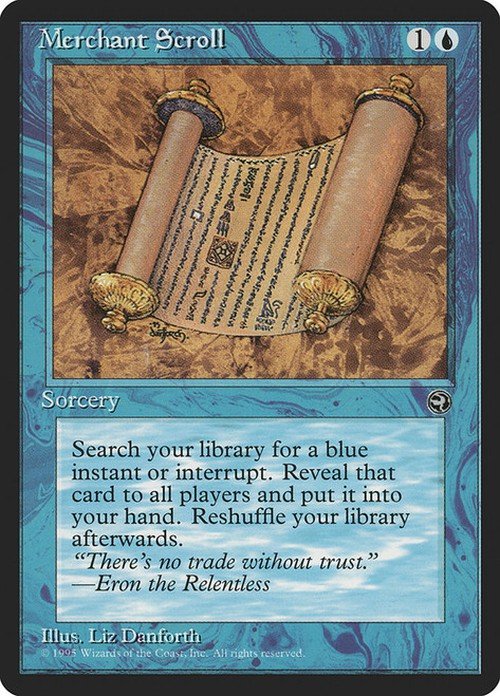
One point further: Fifth Edition
I know that at the beginning of this article I wrote that the years 93, 94 and 95 would be used as an analysis. But I need to talk specifically about the 1997 Fifth Edition.
Fourth Edition and Fifth Edition are both reprint sets and have a single difference between their cards: the year below the illustrator's name.
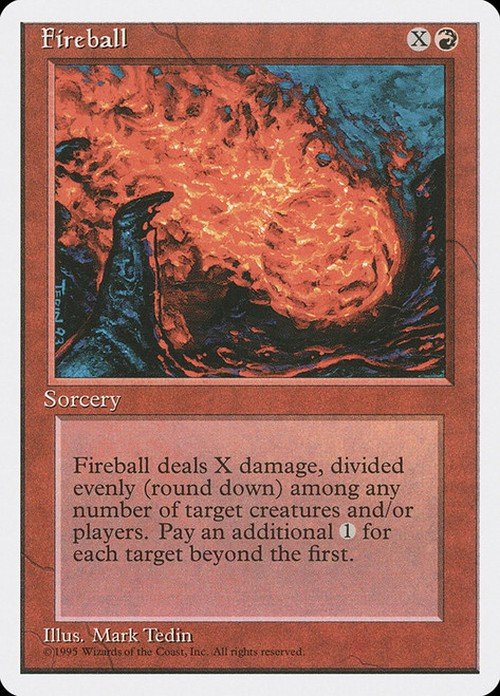
First, the white border English Fourth Edition Fireball illustration. As we already know, it doesn't have a symbol and the year below the illustrator's name is 1995.
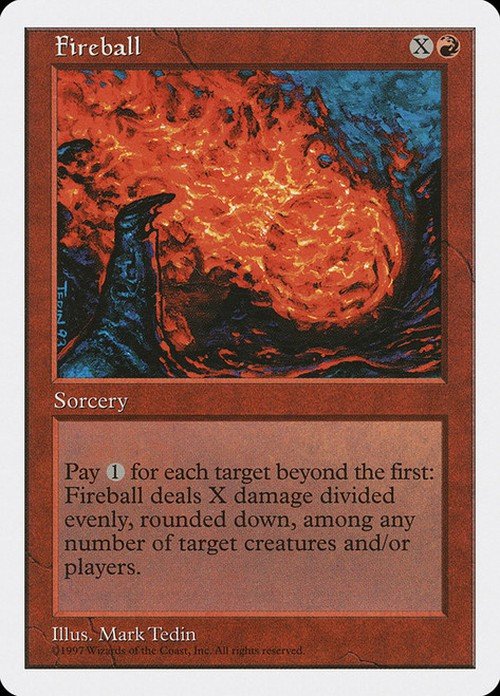
Now, analyzing the same Fifth Edition card in white border English, we realize that the only change is the year below the illustrator's name: 1997.
Conclusion
I hope that the observations and analysis made in this article can help in some way.
Any questions, feel free to ask me in the comments section!
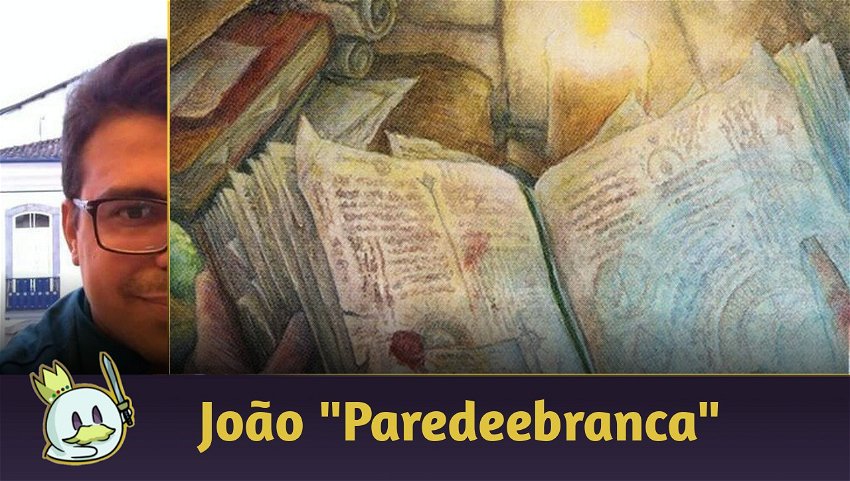



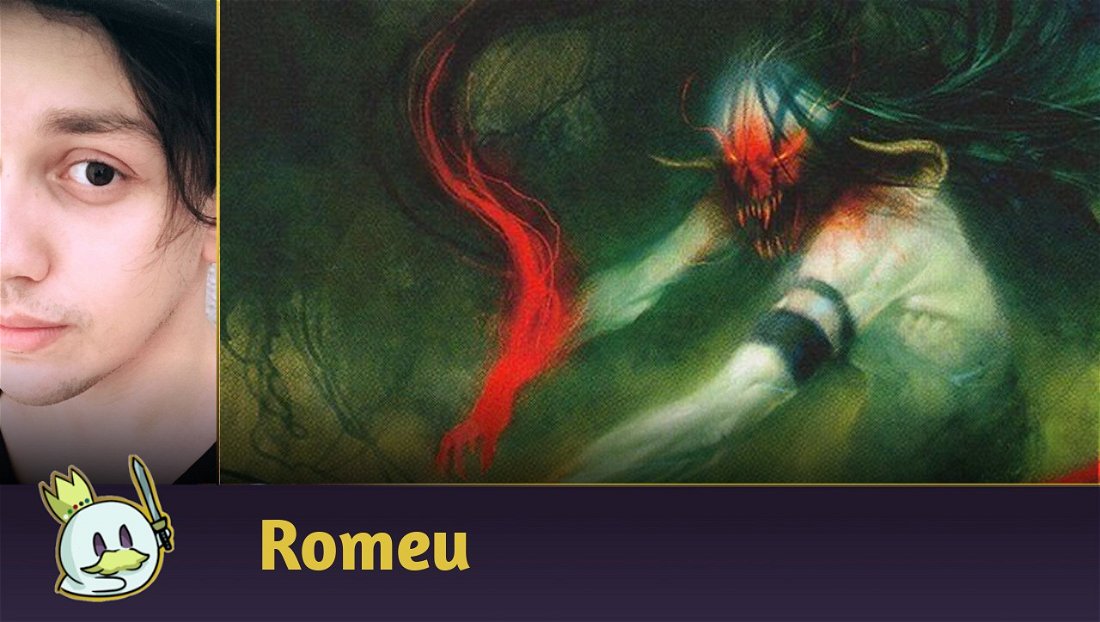
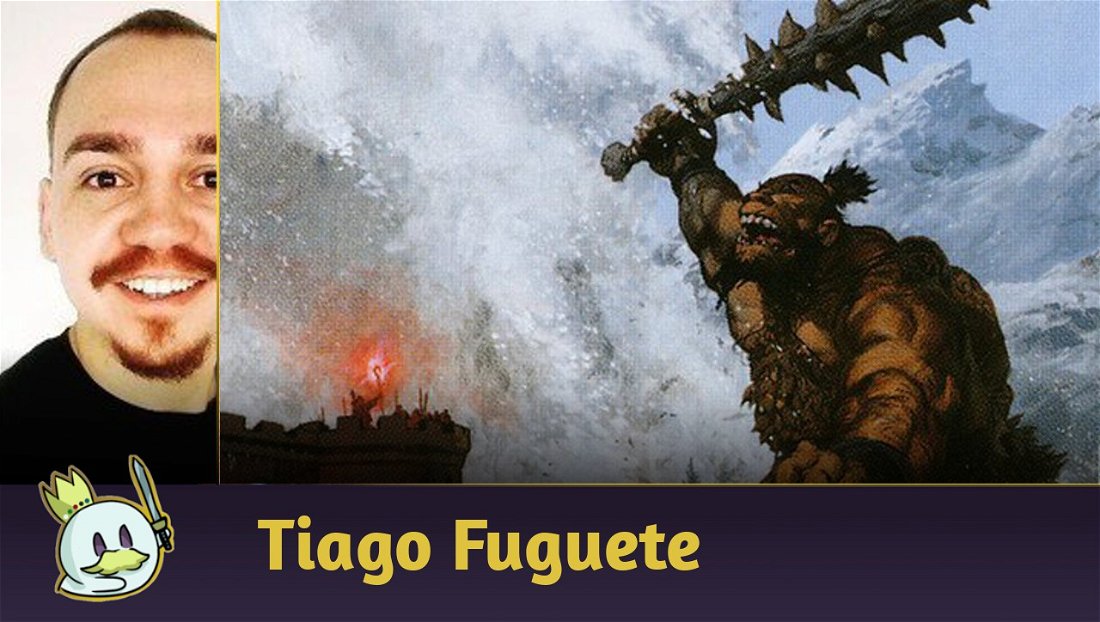

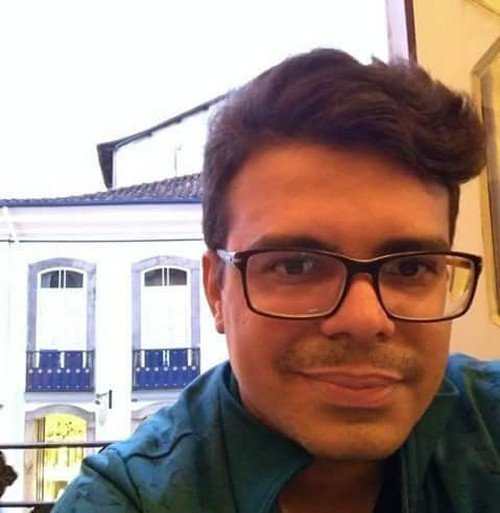
— Comments0
Be the first to comment